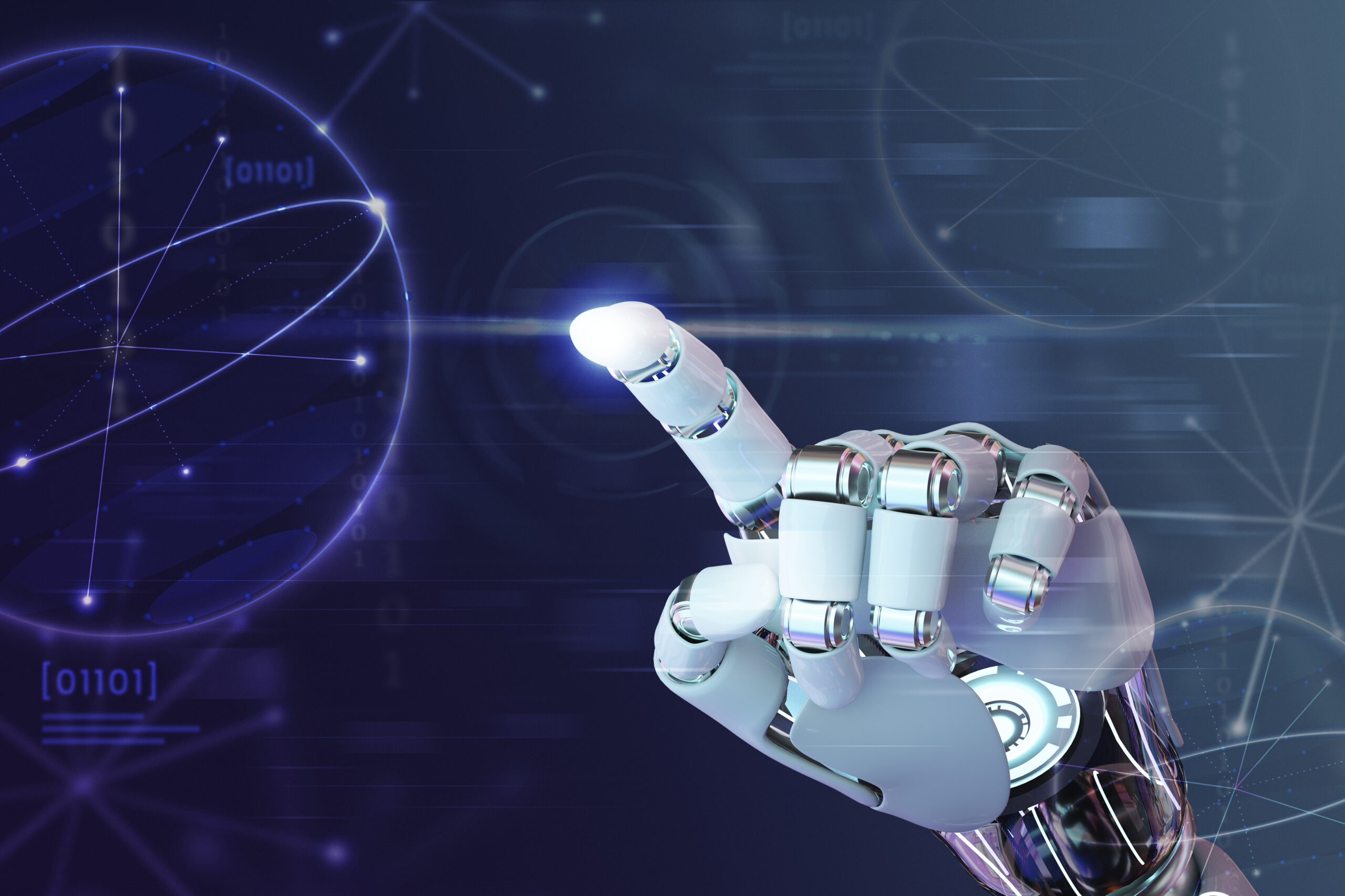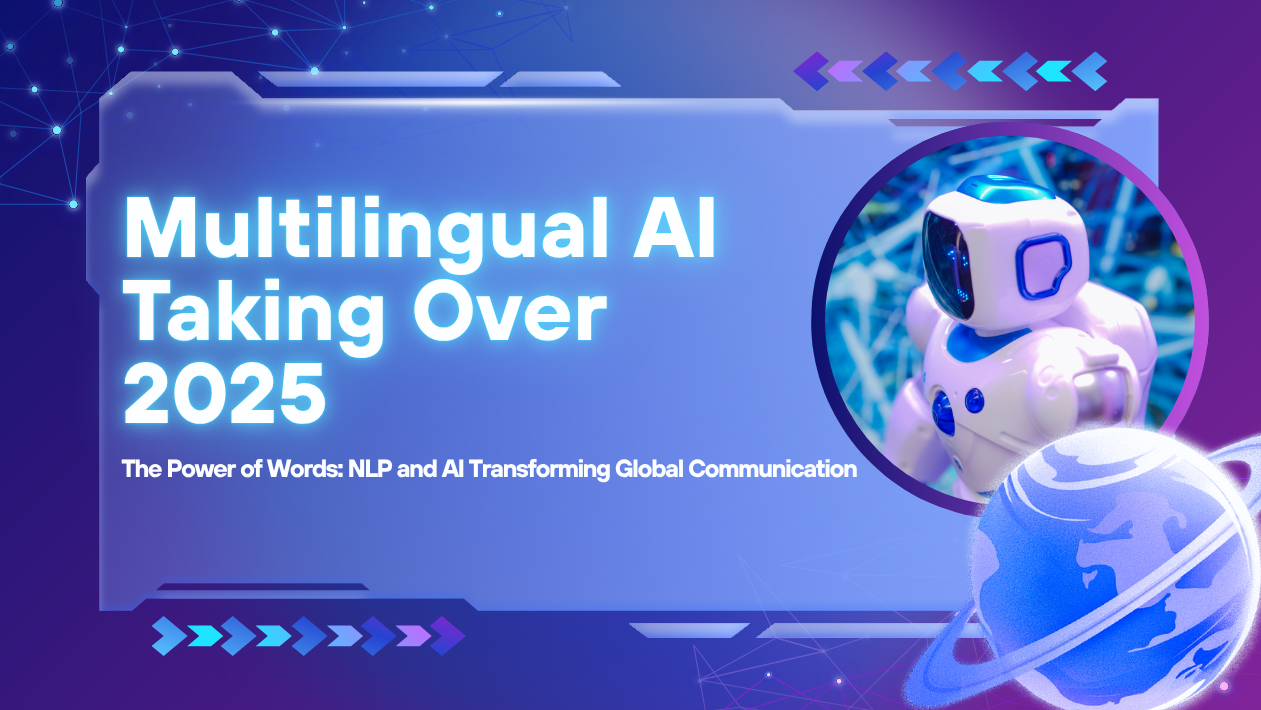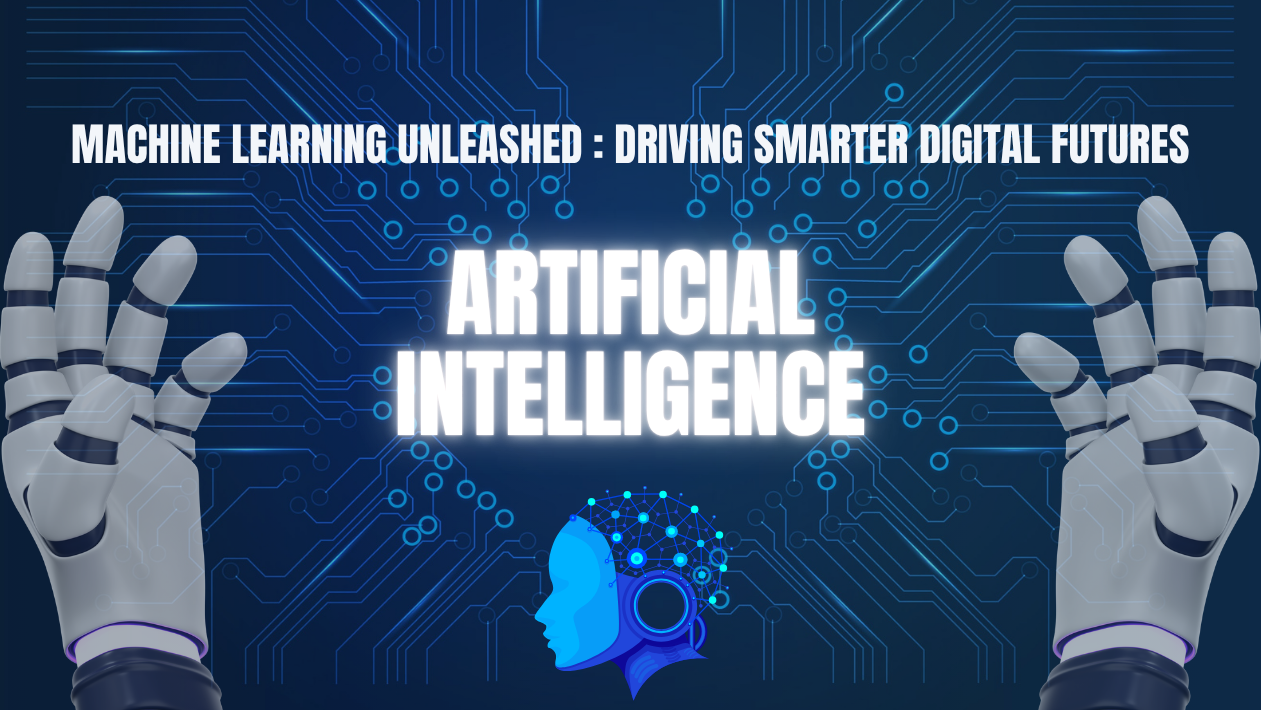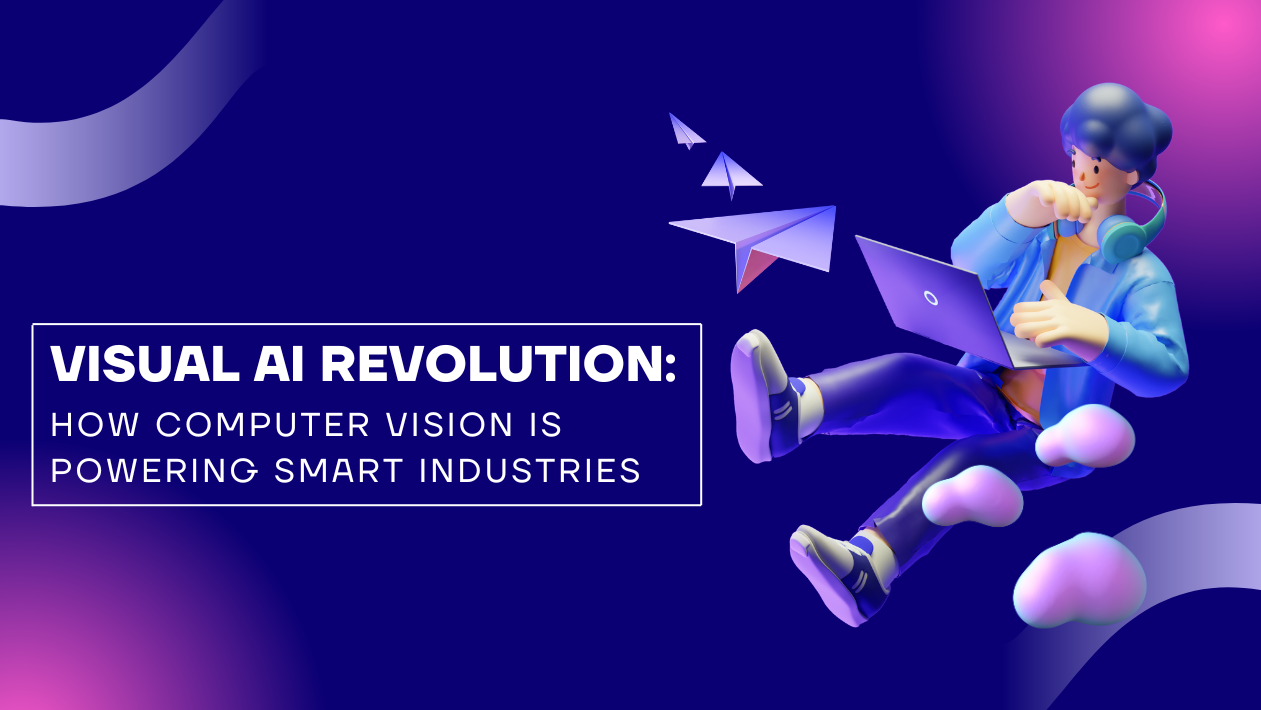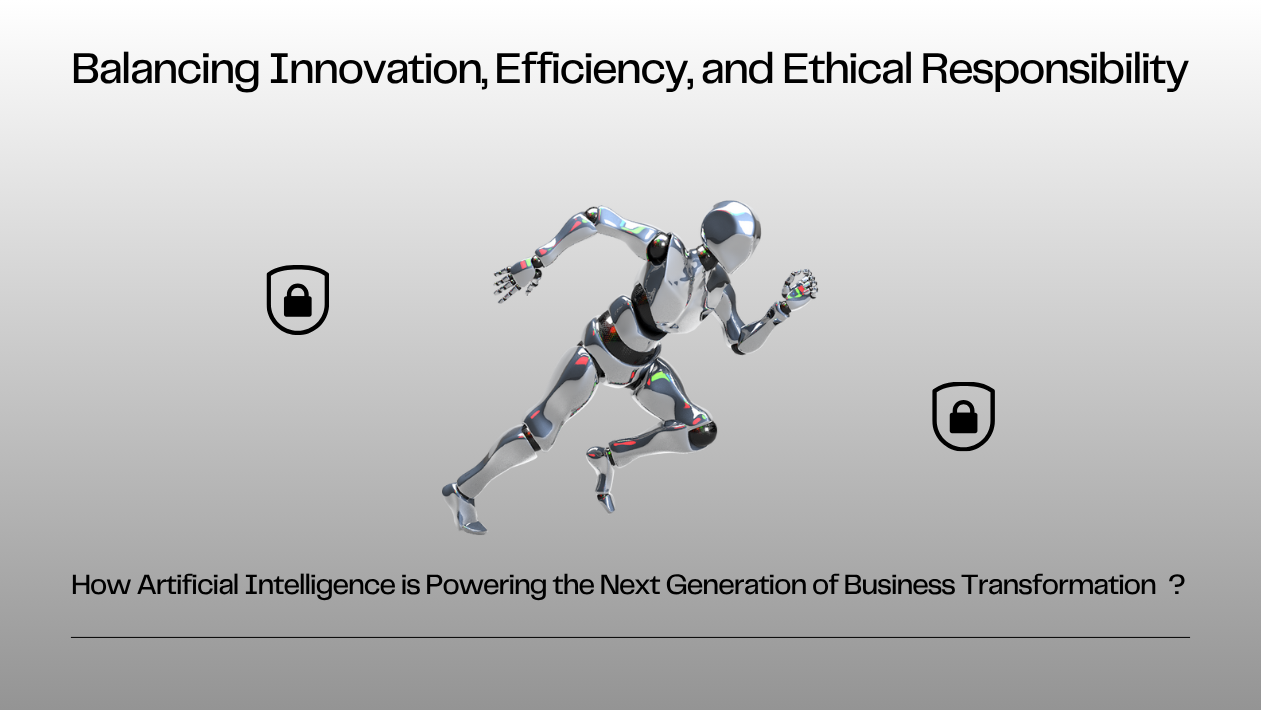Machine learning (ML) continues to be the engine driving innovation across sectors in 2025. With improvements in model accuracy, training efficiency, and deployment tools, organizations are transforming massive datasets into predictive intelligence at scale. From finance and healthcare to logistics and entertainment, ML is embedded in daily business operations—and growing more powerful by the day.
Foundation Models and Custom ML Go Mainstream
One of the biggest shifts in 2025 is the widespread use of foundation models—large, pretrained ML models that can be fine-tuned for specific tasks. Tech companies and enterprises now deploy these models with tools like AutoML and ML-as-a-Service (MLaaS) platforms, significantly reducing time-to-value.
Custom ML pipelines are being built faster using low-code/no-code platforms like Google Vertex AI, AWS SageMaker Studio, and Microsoft Azure ML.
ML in Healthcare: Diagnostics and Drug Discovery Accelerate
Machine learning is revolutionizing medical diagnostics, with models outperforming radiologists in detecting cancers, cardiovascular anomalies, and neurological diseases. Pharma companies are using ML to accelerate drug discovery, identifying potential compounds in weeks instead of years.
Wearable devices now use ML to predict health risks, enabling proactive care and remote patient monitoring.
Retail, Finance, and Manufacturing Reap Rewards
Retailers are leveraging ML to optimize inventory, personalize recommendations, and detect fraud in real time. Banks are using ML for credit risk modeling, fraud detection, and automated loan processing, improving accuracy and customer experience.
In manufacturing, ML predicts equipment failure, enhances quality control, and supports smart factory initiatives.
Edge ML and Real-Time Inference Gain Traction
Thanks to more powerful chips and compact models, machine learning at the edge is now a reality. Devices from drones to smartwatches are running models locally, reducing latency and improving privacy.
Real-time ML is also transforming applications like autonomous driving, robotics, and video analytics, where millisecond-level decisions are critical.
Responsible ML: Bias, Transparency, and Fairness in Focus
As ML adoption rises, so do concerns about bias, fairness, and explainability. Organizations are now required to audit models, publish model cards, and ensure transparency in decisions—especially in high-stakes fields like hiring, lending, and law enforcement.
Frameworks like Fairlearn, AI Explainability 360, and new regulatory standards from the EU and U.S. are shaping how responsible AI is built and deployed.
What’s Next: Continual Learning and ML-Driven Strategy
The next frontier is continual learning—models that adapt and improve over time without retraining from scratch. Combined with generative AI, this is opening new doors in creative industries, robotics, and autonomous systems.

